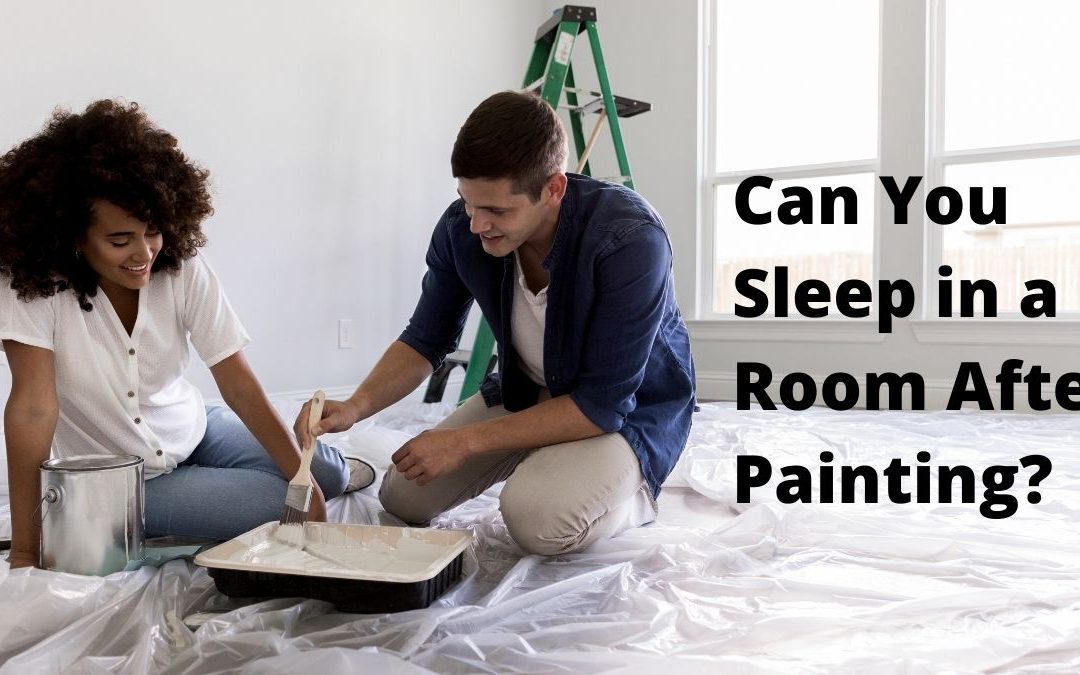Sleeping in a freshly painted room can be potentially hazardous to your health, depending on the type of paint and the ventilation in the room. Many paints emit volatile organic compounds (VOCs) that can cause health problems when inhaled in high concentrations. These VOCs can continue to off-gas into the air even after the paint has dried.
It is generally recommended that you wait at least 24 hours before sleeping in a freshly painted room to allow the VOCs to dissipate. However, this recommendation may vary depending on the type of paint and the ventilation in the room.
Here are some factors to consider when sleeping in a freshly painted room:
Type of paint:
Different types of paint contain different levels of VOCs. Oil-based paints, for example, tend to have higher levels of VOCs than water-based paints. Low-VOC or zero-VOC paints are also available, which emit fewer harmful chemicals into the air. Before painting your room, choose a paint with low VOCs to minimize the risk of exposure.
Ventilation:
Good ventilation can help to reduce the concentration of VOCs in the air. Open windows and doors to increase the airflow in the room. And use fans or air purifiers to circulate the air. You may also want to consider sleeping in a different room for the first few nights after painting to allow the paint to fully dry and the VOCs to dissipate.
Sensitivity:
People with asthma, allergies, or other respiratory conditions may be more sensitive to the VOCs in paint. In these cases, it is recommended to wait at least 72 hours before sleeping in a freshly painted room, or to consider staying in a different location until the paint has fully dried and the VOCs have dissipated.
Time of year:
The temperature and humidity levels in the room can affect the rate at which the paint dries and the VOCs off-gas. In humid conditions, the paint may take longer to dry and the VOCs may linger in the air for a longer period of time. In colder temperatures, the paint may dry more slowly, which can also prolong the release of VOCs.
In conclusion, sleeping in a freshly painted room can pose a potential health risk due to the VOCs emitted by the paint. To minimize this risk, choose a low-VOC or zero-VOC paint, ensure good ventilation in the room. And wait at least 24 hours (or longer for sensitive individuals) before sleeping in the room. It is also important to consider the time of year and the humidity and temperature levels in the room. When painting and sleeping in a freshly painted room. By taking these precautions, you can enjoy your newly painted room without compromising your health.

